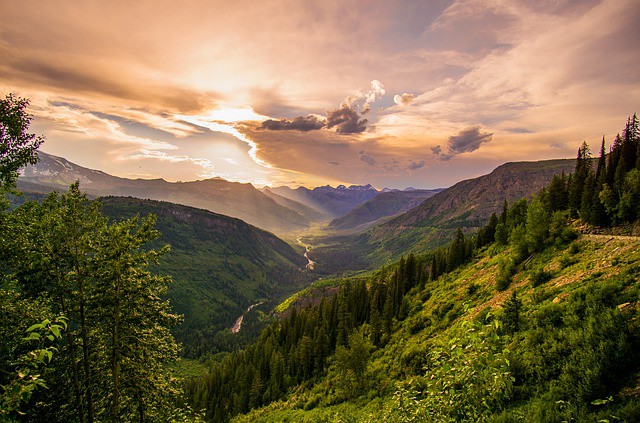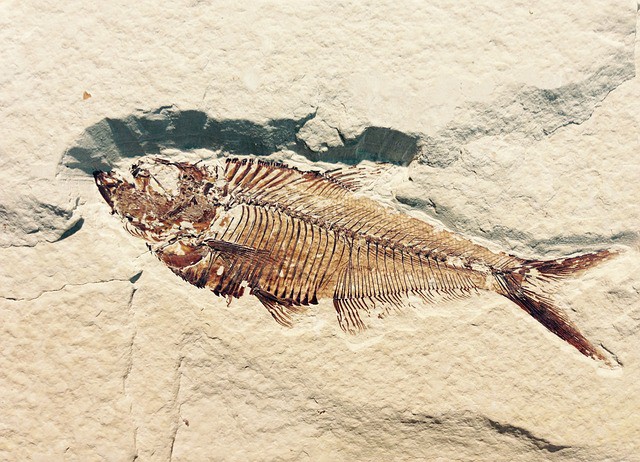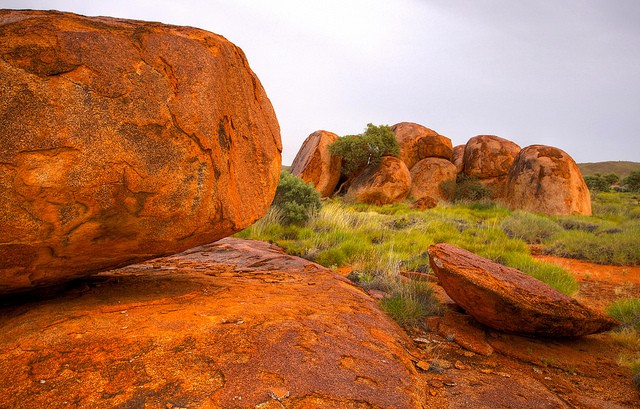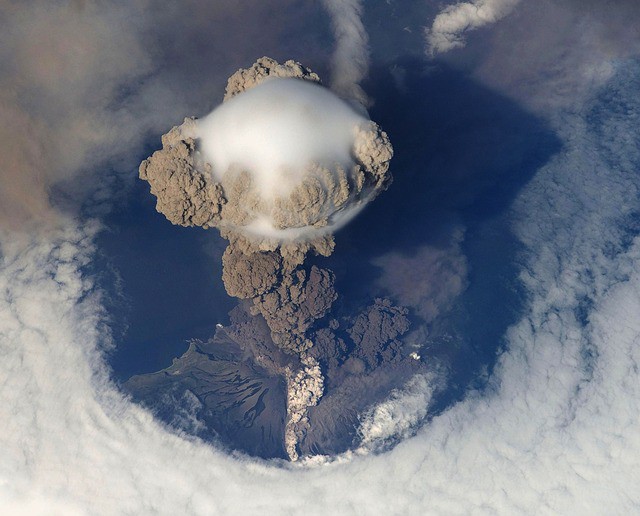What is a Sand Dune: Formation and Types of Sand Dunes
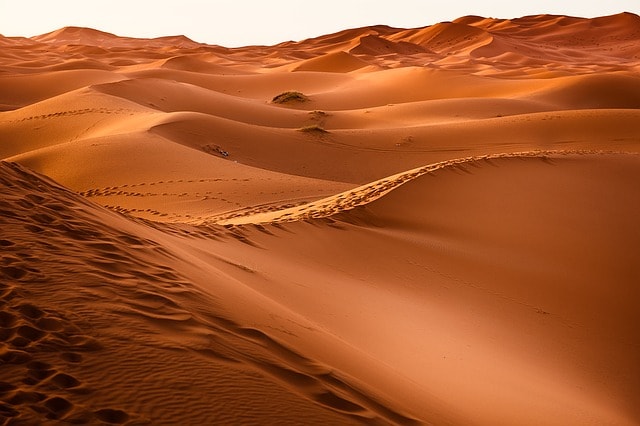
Sand dunes are some of nature’s most scintillating creations. These eye-catching land masses are found around the globe in different climatic conditions. They are not only limited to deserts, but can form in any landscape on the earth’s surface provided the conditions are right. Every sand dune is formed as a result of the interaction between the wind and soil in the form of sand grains. There are many ways thrill seekers can explore sand dunes, for example, sliding down the dunes, Bird viewing in wetlands, skiing, sand boarding or just sledging on the sand slopes. Sky divers or those on airplanes experience the true beauty of sand dunes.
A Sand Dune is a small ridge of hill of sand found in a desert or on top of a beach. When they form on a beach, they are typically above the normal maximum reach of the waves. They form from millions of finely divided sand particles that are blown by the wind and get deposited against some obstacle such as a piece of drift wood, bush or rock.
How Are Sand Dunes Formed?
For a sand dune to form, the following conditions must be met:
- Deposition of sand must take place quicker than the obstruction material is eroded to enable build up of sand.
- There must be abundant supply of sand transported to the beach from longshore drift.
- There must be a huge range between high and low tides so that when the tide subsides, a large area of land is exposed and can dry out to enable the wind to pick up the sediments.
- Energy for movement, which is strong winds to transport sand particles. However, dunes can also form underwater in rivers.
- An obstructer or obstacle, for example, a piece of wood or a rock to allow accumulation of sand. Areas with sparse vegetation tend to form many dunes.
- Dry climate: Moisture usually causes grains of sand to bond together. Large grains present challenges during wind transportation. Additionally, moisture helps plant growth. Plant growth stabilizes loose sediment and stops its movement.
Sand dunes are formed due to the earth’s erosional and depositional forces. The sand that results in the formation of sand dunes is eroded from rocks by physical and chemical processes such as wind and water. The erosion leads to accumulation of sand. Strong winds pick up the sand and transport it (typically slightly above the ground) to another location.
The strong wind transports sand in any of the 3 ways:
- Saltation
Here, the sand moves in a turbulent flow or bouncing fashion slightly above the ground. Approximately 95% of sand grains flown by the wind move this way.
- Suspension
This is where sand grains are blown high up in the air and later settle. Approximately 1% of sand blown by the wind moves this way.
- Creep
This is a process whereby sand grains collide with other grains (gravel or clay) prompting them to move. About 45% of sand movement utilizes this kind of movement.
The moment sand is moving; it won’t stop until it collides with an object (driftwood or rock). The weightiest grains would eventually settle against the object forming a small pump or ridge. Due to the fact that the obstacle slows down the speed of the wind, the lighter sand grains get deposited on the other side of the obstacle. Ultimately, the side facing the wind forms a crest, and the lightest of the grains drop down along the slip face. The rolling of sand continues over time, but the sand dune maintains its shape.
Reason for Cresting of Sand Dunes
In the process of wind moving sand particles up the sandpile, the pile becomes severely steep that it starts to collapse due to the impact of its own weight. This leads to mass movement of sand down the slip face. The collapsing of the sandpile will stop the moment the slip face attains the required angle of steepness. When the right angle is achieved, the dune becomes stable. The right angle required for the stability of a dune, better known by scientists as ‘’angle of repose,” is normally approximately 30 to 34 degrees.
When enough sand has accumulated around the obstacle, the dune turns into an obstacle itself, and its growth continues. Sand dunes will grow into varying shapes and sizes depending on the direction and velocity of the wind. High-velocity winds are associated with taller sand dunes. Low-velocity winds, on the other hand, tend to spread the dunes out. If wind direction remains same over the years, the sand dunes will shape towards that direction. Any vegetation that comes up will prop up the dune, stabilizing it and will prevent any possibility of shifting.
The exhilarating fact about sand dunes is that they are able to migrate. This gives them a sense of liveliness. However, migration of sand dunes is not received well by the locals as it endangers local towns and agriculture. In a country like China, sand dunes have experienced monumental migrations to nearby villages. The villagers have mitigated this threat by erecting fences to arrest these sand dunes. Better still, most people go the extra mile of drenching the sand dunes with crude oil to prevent their migration. Some areas have even reported collision of migrating sand dunes, leading to massive sand dunes.
Types of Sand Dunes
Sand dunes come in five different forms. Let’s check them out:
-
Barchan dune
It’s sometimes called barkhan dune or crescentic dune. As the name suggests, it’s crescent-shaped and produced as a result of the action of wind majorly from one direction. It’s the most common kind of sand dune that occurs in sandy deserts across the globe. Barchans, on numerous occasions, occur in groups. However, on few occasions, they occur separately.
-
Traverse dune
These kinds form long lines of ridged dunes that are at right angles (perpendicular) to the direction of the wind. They feature steep slip faces at their back. They commonly occur in areas with bountiful supply of sand and less plant life. Dunes that form on beach areas are traverse dunes and are as a result of strong winds emanating from the ocean. If you move farther inland, you tend to stumble across more plant life.
-
Blowout dunes
Their shapes are exactly opposite of barchans dunes. In blowout dune, the slip face and crescent-shaped curve faces away from the wind. The obstacle that enables the formation of blowout dunes is vegetation, but due to sand accumulation over the years, the vegetation forms a mold leading to a stable dune.
-
Linear dunes
Linear dunes are commonly parallel to the wind direction and result in long, straight ridges. Linear dunes can grow or accumulate as tall as 100 meters and extend for many kilometers. Geologists have found out that these kinds of dunes are triggered by winds that travel from one direction (northwest) in one season of the year and later shift and travel from a separate direction (southwest) during another season of the year. Linear sand dunes generally move easterly forming a long and thin shape.
-
Composite dunes
This is a combination of two or more kind of dunes. Composite dunes culminate to very hilly, large and tall types of dunes called draas. They are commonly a blend of linear and traverse dunes that accumulate up to 400 meters high. These gigantic sand dunes travel a lot less slowly (about z-2 meter each year) than their smaller counterparts. They culminate into wide dune fields known as ergs. Ergs can spread up to 500,000 km2.

